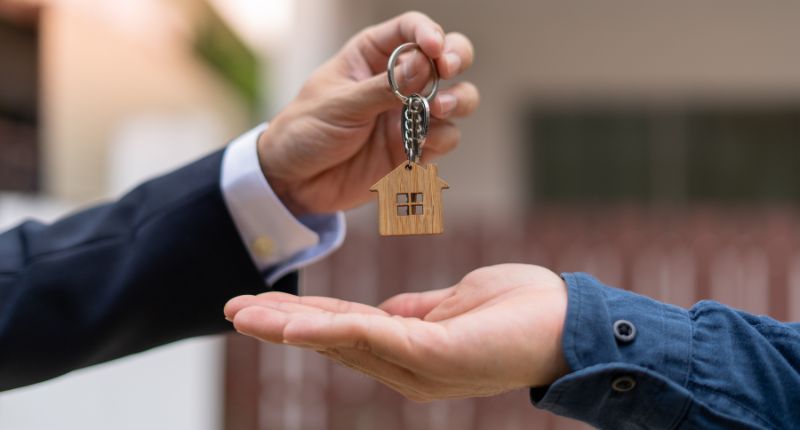
- The average age of first home buyers leapt from 26 in the 60s to 31 in the mid 2010s.
- High house prices are an often cited issue, but the problem is more complex.
- Demand side government policies have likely worsened the housing crisis.
Government intervention and extended periods of low-interest rates have exacerbated the housing crisis, according to new research from The Australian Housing and Urban Research Institute (AHURI).
The research, Financing first home ownership: opportunities and challenges, undertaken for AHURI by researchers from the University of Sydney, the University of New South Wales, Curtin University and RMIT University, brings together the findings from four supporting Research Projects to examine the challenges Australians have in financing to buy their first home.
Among the findings: increased parental support, an older home buying average age, and policy recommendations.
First home buyers are now over 30 years old
The study finds that first home buyers (FHB) are increasingly finding themselves having to rely on their parent’s financial support, be it through direct financial gifts, inheritance, or through simply living rent-free in their family home.
First home buyers are also becoming a rarity among young Australians, with the average age of FHBs increasing from 26 in the late 1960s to 31 in the mid-2010s.
“While high house prices are often cited as the biggest challenge faced by FHBs, our Inquiry highlights that the problem is significantly more complex.”
Professor Stephen Whelan, University of Sydney
“Critically, we found existing policy settings are likely to have exacerbated rather than alleviated the challenge faced by first home buyers to finance home ownership. Politically seductive measures such as first homeowner grants and tax concessions have failed to arrest declining rates of home ownership over time,” he noted.
Other experts have arrived at the same conclusion, finding that the FHB schemes inadvertently worsened the housing crisis by amplifying demand in a market that could not deliver enough supply, resulting in bloated home prices.
Supply-side measures key to alleviating the housing crisis
Most notably, the study recommends that governments focus on supply-side measures, like those making housing more affordable and accessible to more Australians.
“Policy settings in Australia have focussed almost exclusively on demand-side measures that boost first home buyers’ purchasing power, such as First Home Owners grants and stamp duty concessions,” says Whelan.
“A mix of supply-side and demand-side approaches would help more households who would not otherwise be able to buy a home.”
Supply-side measures that will work in Australia
The research found that the following three supply-side measures would be effective in Australia:
Tax-transfer reforms that will not harm first home buyers
“Current policy settings tend to disadvantage aspiring first home buyers and benefit existing homeowners. Reforms such as abolishing stamp duty for first home buyers, such as those currently underway in the Australian Capital Territory (ACT) are heading in the right direction,” says Whelan.
Targeting the challenges of borrowing money
Home prices have far outpaced wage growth, lengthening the time required to save for a deposit.
“In the early 1990s average households took just six years to save for a deposit, rising to 9–10 years by the late 2010s,” says Whelan.
“Mortgage guarantee schemes can help first homebuyers access the housing market without requiring an unattainable deposit; while shared equity schemes can help first home buyers gain access to the market with a lower downpayment as well as make ongoing repayments more affordable.”
Support alternative forms of long-term home tenure
“We need a system where people can have a secure home for a longer term without needing to own the title,” Whelan comments.
“Government housing policy ambitions need to expand to include longer tenure alternatives such as rent to buy, shared equity and affordable rental, along with social rental. These types of tenure can offer security and life-long wellbeing outside of home ownership.”







